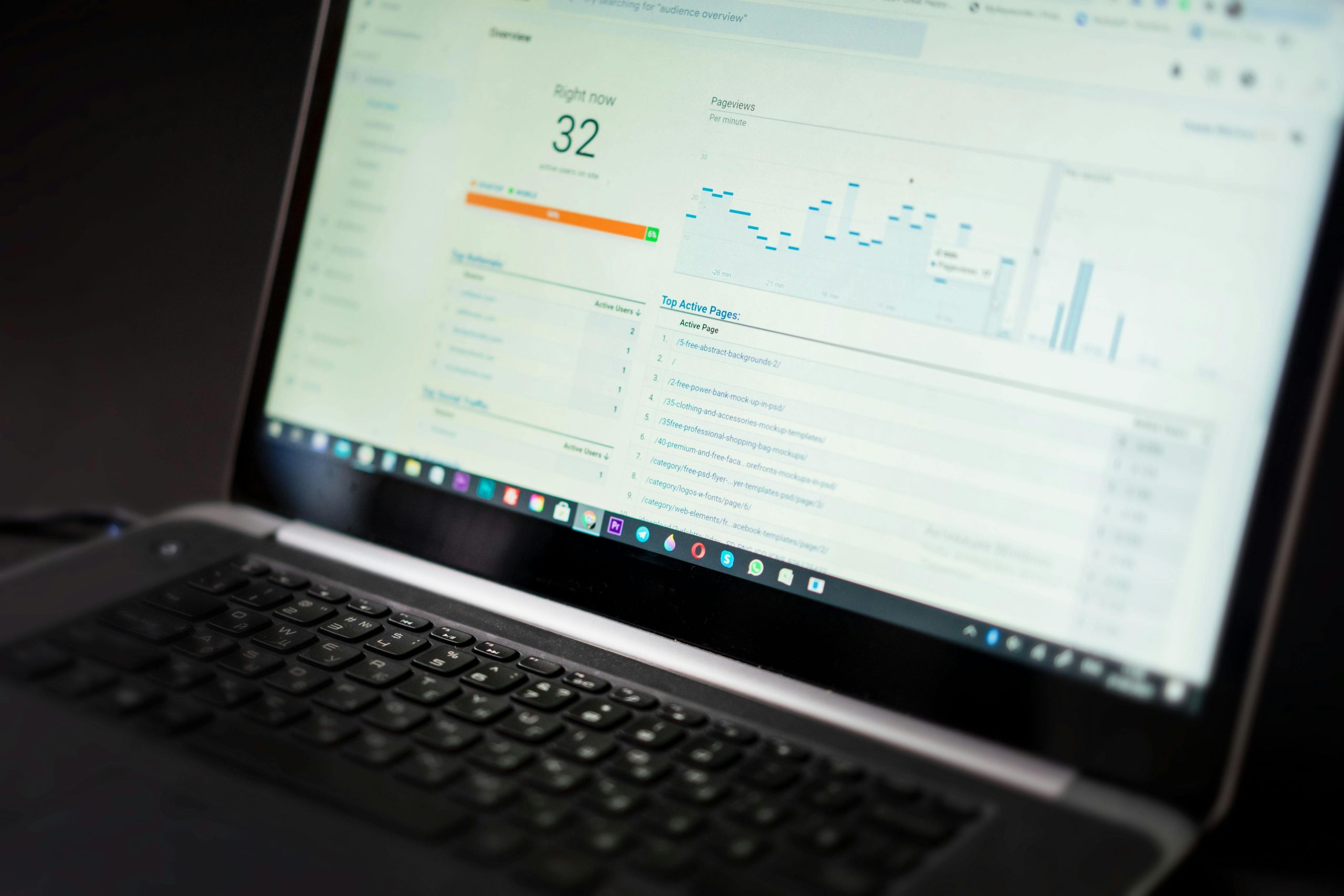Transforming a Laptop Screen into a Functional Monitor: Is It Possible?
Are you looking for ways to repurpose an old laptop display? If you have a non-functional laptop, like the Dell Latitude E5430 with a dead motherboard, you might be wondering if there’s a way to convert that laptop screen into a standard monitor with HDMI or AV input. This post explores the potential for reclaiming value from older laptop components.
Exploring Your Options
The good news is that it is indeed feasible to convert a laptop screen for use as a standalone monitor. However, the process can be technical and may require some additional components. Here’s what you need to know:
-
Find a Controller Board: To use a laptop display independently, you’ll need a controller board compatible with your specific screen model. These boards convert signals from HDMI or other inputs to support the native resolution and operation of the laptop display.
-
Disconnecting the Display: Carefully remove the screen from its housing, ensuring that you handle cables and connectors with care to avoid any damage.
-
Assemble Your Setup: Once you have the controller board, connect it to the display. You’ll typically need to connect the power supply to both the controller board and the screen.
-
Connect to Your Device: After everything is set up, you can connect your new monitor to a computer via HDMI, enabling you to use it just like a regular display.
Additional Components
Apart from the display, you can also recycle the hard drive if it is still functional. While the drive’s size might not be standard, it can still be used in external enclosures for additional storage. Other spare parts from the laptop may also come in handy for future projects or upgrades.
Community Experience
Many tech enthusiasts have successfully gone through this conversion process and shared their experiences online. If you’ve undertaken a similar project, your insights would be invaluable to those looking to minimize waste and breathe new life into old technology.
Conclusion
Repurposing an old laptop screen is an exciting DIY project that can save you money and reduce electronic waste. If you decide to embark on this journey, remember to conduct thorough research on the controller board needed for your specific display and prioritize safety throughout the process. Share your experiences and tips to inspire others as well!
Have you converted a laptop screen before? What challenges did you face, and what resources did you find helpful? Let’s discuss in the comments below!
Share this content:




Hi, thank you for sharing this detailed guide on transforming a laptop screen into a standalone monitor. This is indeed a rewarding DIY project that can save money and give new life to old hardware. To assist you further, here are some tips and additional resources:
If you